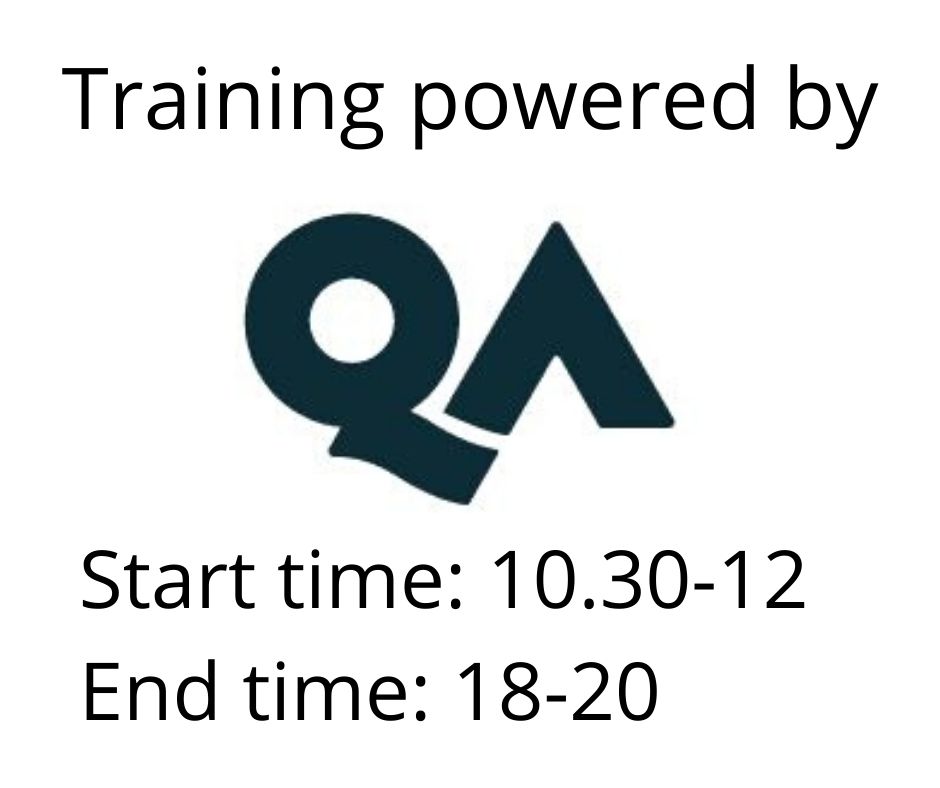Leadership Presence
Koulutusmuoto
Kesto
2 päivää
Hinta
2560 €
Target Group
Our QA point of view is that in the digital age, developing leadership presence is needed across more hierarchical levels and is also more difficult; given more demanding followers, strategy that is more dynamic making being visionary trickier, and a lot of technology that can simultaneously feel as if it is a blocker and enabler.
The hybrid environment creates more challenges for building trust and credibility in a time where authenticity is valued by leader and follower. Information overload makes deciding what to be knowledgeable about an unproductive activity for many leaders. Constant evolving technology contributing to more than one organisational goal means who you lead, in what configuration of resources within what organisational structure, frequently shifts.
If how to develop generate leadership presence in these multiple and shifting contexts is not clear to people, leading with any presence can feel just too confusing and thankless a task to bother. And yet few organisations can afford not to encourage staff to lead – to be inspirational, visionary, and futuristic.
What can Leadership Presence do for you and your organisation?
Being asked to lead, or wanting to lead, requires a shift from managing, whether you consider leading as part of managing or something separate. Our QA point of view is this shift needs to be intentional because the modern digital world requires speed and quality of leadership.
If you are relatively junior, you can ask why do I need to develop leadership presence. If you are senior, you can resist allowing more staff become leaders. Yet, as technology arrives at all levels and in so many new and emerging ways, unless all levels have leaders, competitive advantage (and providing Value for Money in the public sector) will be under-realised and performance will lack lustre. Front line staff can lead on automation ideas. Middle managers can lead on visionary collaboration within their teams. Technical staff can lead on driving value from technology and data.
Our approach to your spending time learning
Our approach is very targeted. We look at specific and modern challenges around leadership presence. We avoid overload with too many views of leading that take their toll on learners as they then need to work out what to use when. The modern situations, in which leadership presence is required and valuable, is our focus.,
Breakouts, where forms of leadership in which situations are discussed are helpful. Learning to lead is endless, so learning from peers’ variety of challenges, to create the capacity to lean into leadership once back in the workplace, is hugely helpful.
Our approach clearly directs the learner to ways of leading that are appropriate for their context, and role, and which are linked to performance. We provide a safe place to explore the emotions around leading irrespective of role, experience, and seniority.
Returning to work energised with practical and considered ways of developing leadership presence is central to all that we do. Throughout the course, we pause to allow learners to think and record what it all means. Learners walk away, not with a hurried plan they are not committed to, written at the end of the course. Instead, they own well-thought through approaches to translating the learning into their workplace, because they are built upon throughout the course, with professional facilitated help.
What’s included?
Included are sessions that clearly articulate how the learning can be translated into different contexts. We delve into why leadership presence in those contexts will drive performance and personal empowerment. Leadership presence across all 9 characteristics is important in creating a powerful and practical message. We link leadership presence to other elements of the roles in the cohort and to the broader performance of their organisation. Both thinking through - what does my organisation want me to lead and why – and - where could I start proactively developing leadership presence – are facilitated by the training staff.
Goal
- Intentionally develop their Leadership Presence by focusing on the 9 characteristics.
- Create a baseline for self-review and reflection.
- Develop and implement strategies to address the challenges that impact Leadership Presence in the Digital Age.
- Create a development and action plan that builds on the 9 characteristics of leadership presence.
Prerequisites
Our learning is geared towards people wishing to lead or lead more in more varied or new situations. As we take a modern take on developing leadership presence, learners need to be prepared to be surprised by where in their organisation leadership presence is needed.
There are no pre learning or pre-requisites. Learners are purely asked to come with their limited experience, and their understanding of their unique context to share with others.
Throughout learners are asked to complete a QA Leveraging Learning Log (LLL) so that learning is translated into relevant opportunities for growth – personal and organisational. Unique to QA, the LLL is a key part of our teaching and learning strategy that ensures learning flows back into the workplace with effort of course, but without wasted or un-co-ordinated effort.
Course Content
The course takes a view of leadership that carefully combines how to generate presence in ways that are beneficial to the organisation in ways that are reactive and proactive to its needs. Balancing techniques, such as tone of voice, with vision, with trust, create a rounded view that is relatable to, and which can be explored in terms of the role, organisation, and sector of each learner. The course includes, by way of example of topics covered:
- QA’s Winning in the Digital Age Framework
- QA’s framework for developing Leadership Presence
- My vision for Leadership Presence
- Demonstrating passion and commitment
- Inspiring Trust in others
- Confident Voice and Tone
- Challenges in the Digital Age.
We look forward to running these events to make a difference to the learner and their organisation.
